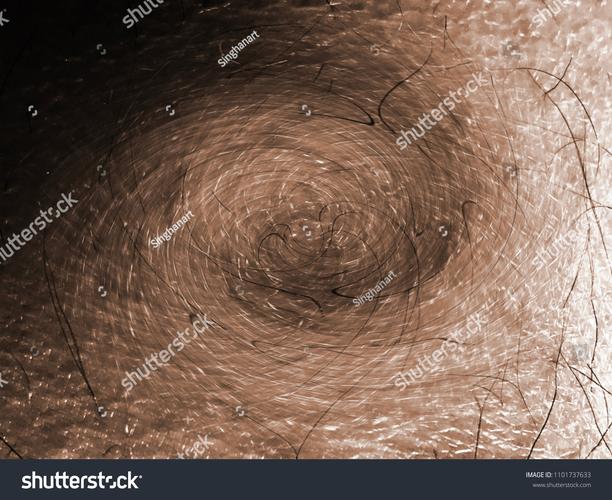Unveiling the Magic of Sepia Tone in Photoshop: A Personal Journey
Have you ever wondered what it takes to transform your digital images into timeless, nostalgic masterpieces? Look no further than the enchanting world of sepia tone in Photoshop. This article is your personal guide through the process, offering a detailed exploration of the various dimensions that make sepia tone a favorite among photographers and artists alike.
Understanding Sepia Tone
Sepia tone is a monochromatic color scheme that mimics the look of old photographs, typically those taken before the 20th century. It gives images a warm, muted appearance, reminiscent of sepia prints. The color is derived from the natural brown tones found in the iron gall ink used in early photography.

Photoshop offers a variety of tools and techniques to achieve a perfect sepia tone, from simple adjustments to complex layer blending. Whether you’re a beginner or an experienced user, this guide will help you navigate the process with ease.
Creating a Sepia Tone from Scratch
One of the most straightforward methods to create a sepia tone is by using Photoshop’s Color Balance tool. Here’s how you can do it:
- Open your image in Photoshop.
- Go to Image > Adjustments > Color Balance.
- In the Color Balance dialog box, adjust the Midtone slider to the right until you achieve the desired sepia tone.
- Experiment with the Shadows and Highlights sliders to enhance the contrast and depth of the image.
- Click OK to apply the changes.
This method provides a quick and easy way to apply a sepia tone to your image. However, for more control and customization, you may want to explore other techniques.
Using Adjustment Layers for Fine-Tuning
Adjustment layers in Photoshop are a powerful tool for achieving precise control over your image’s appearance. Here’s how to use them to create a custom sepia tone:
- Open your image in Photoshop.
- Click on the Create New Fill or Adjustment Layer button at the bottom of the Layers panel.
- Select Color Balance from the dropdown menu.
- Adjust the sliders to achieve the desired sepia tone.
- Change the blending mode of the adjustment layer to Soft Light or Overlay for a more natural look.
- Adjust the opacity of the layer to fine-tune the effect.
This method allows you to make adjustments to the sepia tone without affecting the original image. It’s also non-destructive, meaning you can always go back and modify the settings.
Layer Blending for Advanced Effects
Layer blending is a powerful technique that can take your sepia tone image to the next level. Here’s how to use it:
- Open your image in Photoshop.
- Click on the Create New Fill or Adjustment Layer button and select Color Balance.
- Adjust the sliders to achieve the desired sepia tone.
- Change the blending mode of the adjustment layer to Soft Light or Overlay.
- Create a new blank layer above the adjustment layer.
- Fill the new layer with a solid color, such as a light sepia tone.
- Change the blending mode of the solid color layer to Multiply or Color Burn to enhance the sepia tone effect.
This technique allows you to add depth and texture to your image, creating a more authentic vintage look.
Table of Sepia Tone Techniques
| Technique | Description | Best for |
|---|---|---|
| Color Balance | Adjusts the color balance of an image to create a sepia tone. | Quick and easy application |
| Adjustment Layers | Non-destructive adjustments to the sepia tone. | Customization and fine-tuning |
| Layer Blending | Combines multiple layers to create advanced effects. | Creating depth and texture |









